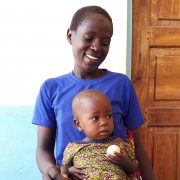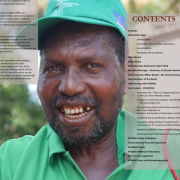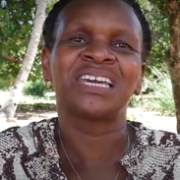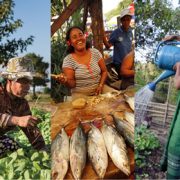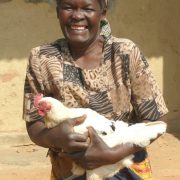Recognising Indigenous Rights, Knowledge, Resources and Chickens for Sustainable Livelihoods
/in Impact/by Eliza SmithThe Chicken Advantage: KYEEMA reflects on World Day to Combat Desertification
/in Impact/by Eliza SmithOn Friday 17 June, the United Nations held World Day to Combat Desertification. The theme this year is ‘Inclusive cooperation for achieving Land Degradation Neutrality’.
“There is probably no greater issue than land in the post-2015 Sustainable Development Goals that touches everyone. From the food we eat, to the clothes we wear and the houses we live in – it all stems from land resources. In order to “leave no one behind” as proclaimed in the new Sustainable Development Goals, achieving land degradation neutrality needs to be in the forefront to meet our requirements and develop sustainability.” Read more.
Protect Earth. Restore Land. Engage People
This is the challenge for the world’s marginal drylands where there are fragile ecosystems due to harsh climatic conditions and growing human pressures – they are occupied by the poorest of the poor who rely on farming, pastoralism and natural resource utilisation.
KYEEMA works in these places, with these people and recognises the importance of sustainable livestock for sustainable lives here.
There is much that can be done to manage and use livestock to improve land, health and livelihoods in these areas:
- Appropriate improvements to feeds, breeds and animal health to increase meat, milk and egg yields in resource poor settings.
- Maintain healthy ecosystems and regenerate degraded lands through agroforestry and eco-conservancies that promote better animal management practices, biodiversity conservation and farmer managed natural revegetation.
- Using manure as renewable energy, in soil regeneration programs and as natural fertiliser for crops.
Village poultry production is a flexible production system that can be adapted to many different agro-ecological zones.
From ‘The Comparative Advantages of village or smallholder poultry in rural development’ by Alders and Copland in ACIAR Proceedings 13: Village Chickens, Poverty Alleviation and the sustainable control of Newcastle disease (2009) p. 11
This is because it:
- Requires low input – in many places it is an existing resource whose output can be increased with modest input.
- Has low to no environment impact – compared to commercial birds and ruminants, village poultry are more environmentally neutral.
- Is robust and agile – village poultry are better survivors in natural disasters and degraded landscapes. They are more easily transported in times of socio-political unrest. In uncertain times they provide a mobile and hardy source of nutrition for vulnerable communities.
- May provide an innovative sustainable alternative to traditional pastoral species in degraded landscapes in some parts of the world.
Rosa explains why she is for Australian Aid
/in Impact/by Eliza Smith
KYEEMA is proud to be featured on the latest Campaign for Australian Aid short features.
Our African Regional Manager Rosa Costa also explains how KYEEMA is benefiting local communities. Our Village Champion Camillo also explains how KYEEMA continues to facilitate a simple yet innovative way of improving the health of family farmed chickens, helping 1.5 million families like him transition out of poverty.
Pledge your Vote for a #FairerWorld http://australianaid.org/pledge and give more people like Camillo a fair go
Judith’s Story
/in Impact/by Eliza SmithJudith Chikho, Poultry farmer, MALAWI
Judith lives in the village of Chipasula in the hilly and picturesque Ntchisi district of Malawi. She has six children from ten to twenty years of age. She and her husband are very proud of their progress in raising village poultry – what we would call ‘backyard chickens’. Judith told us about her experiences since KYEEMA started the GRM Communities 1st project in her village.
Before the project started, people used to lose a lot of chickens to Newcastle disease. They tried various remedies but none was particularly effective. The disease came once or twice every year and wiped out most if not all of the chickens. Then the National Rural Poultry Centre in Malawi trained a community based vaccinator, Anna Ching’ombe, and a program of vaccination was commenced at Chipasula and surrounding villages. We only learned later that Anna was in fact Judith’s daughter! Judith was surprised at the effectiveness of this program and became one of its strong proponents. She told us that she now produces many more chickens because there are much fewer deaths. She now has about 21 chickens of various ages. She eats chicken meat much more frequently than she used to and sells many more chickens these days. Her husband told us that he estimated the total number of chickens eaten or sold in their household was now more than double what it was before the vaccination program began. We had no means of firm verification but from what we know of the disease, this estimate is quite plausible.

